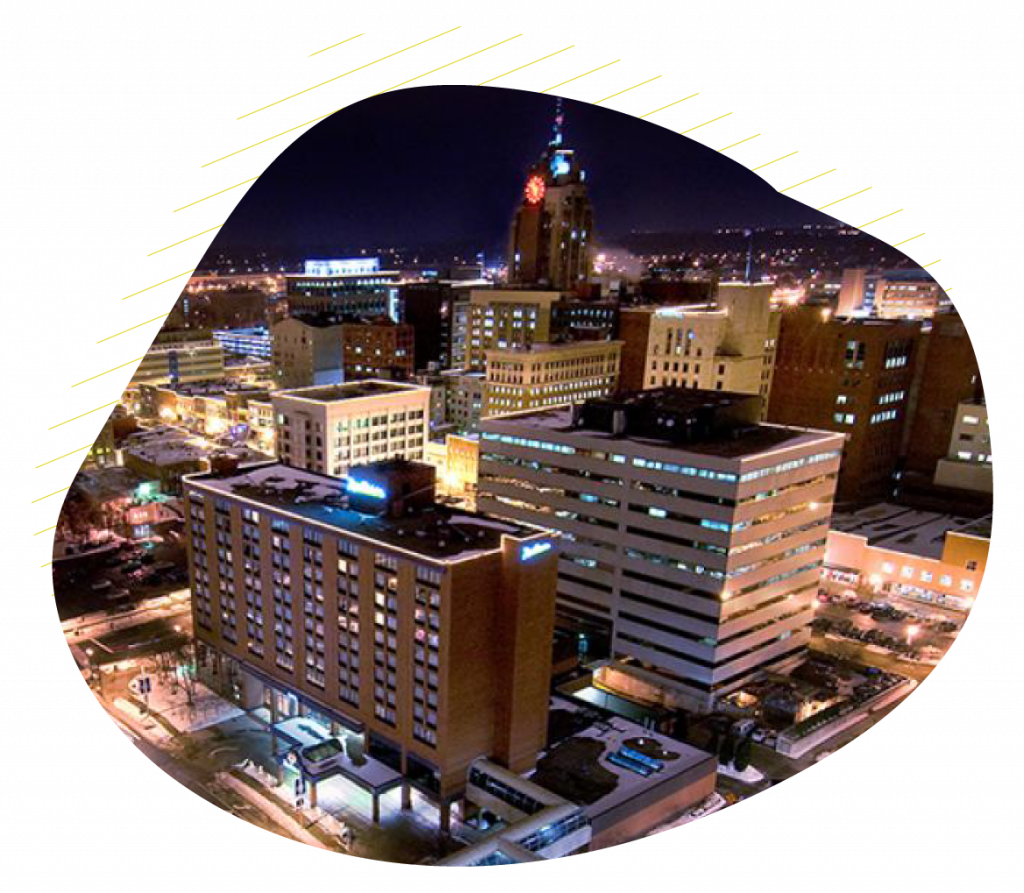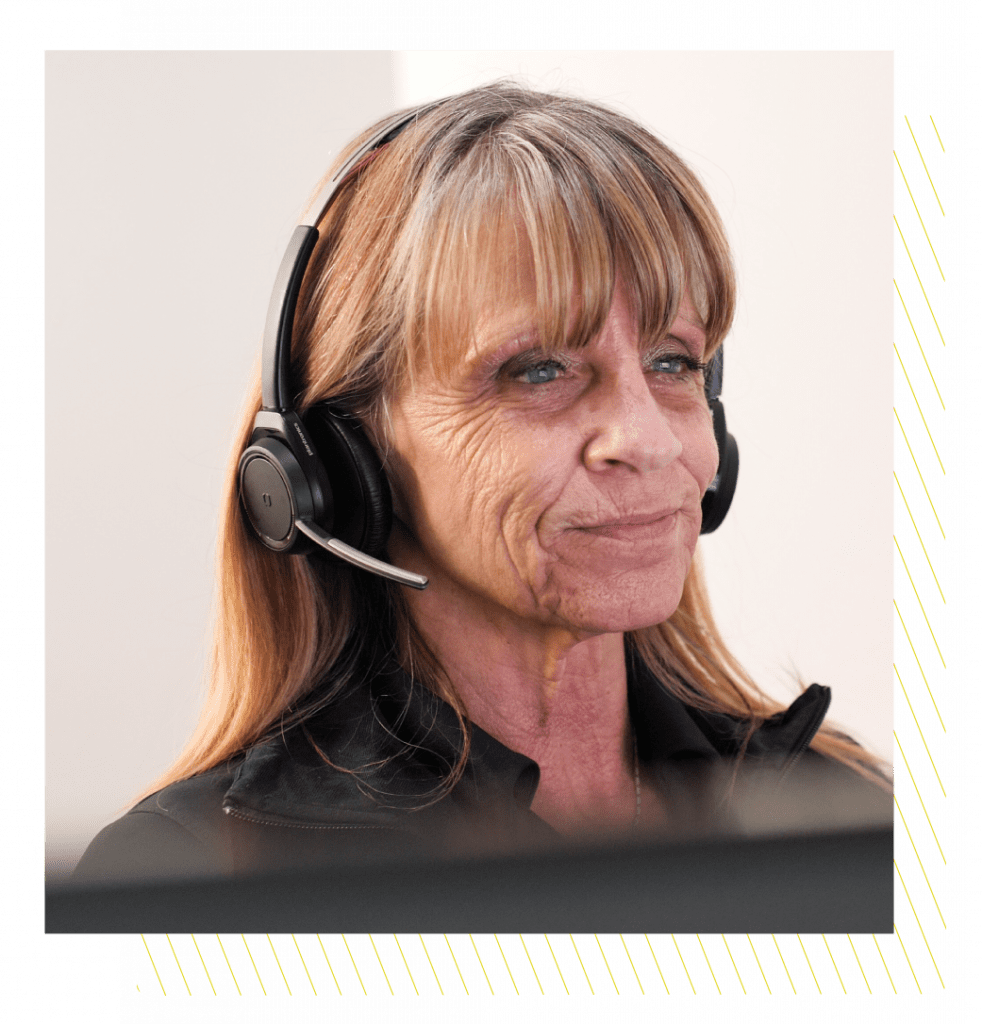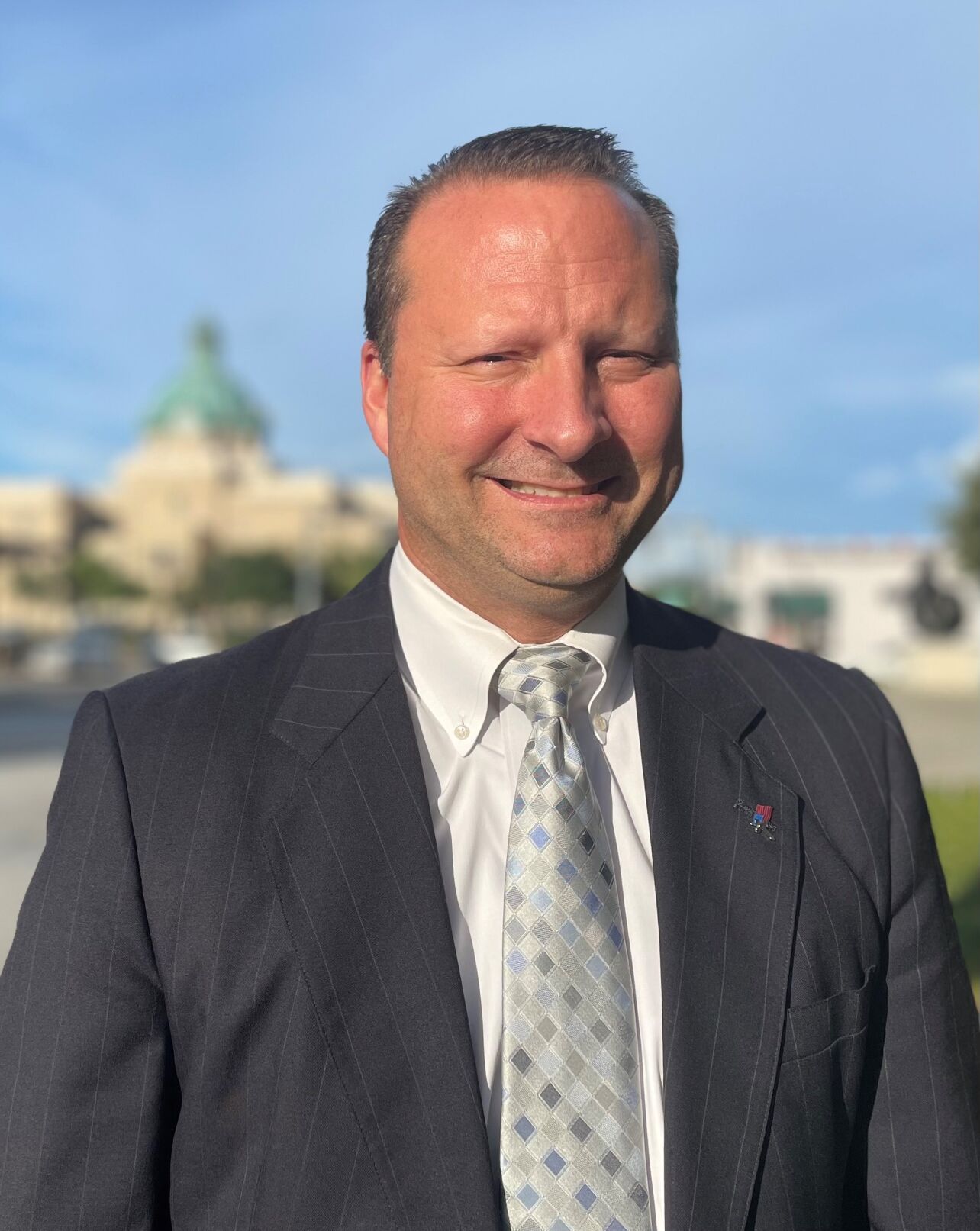
City of Lansing Uses Customer Support to Optimize Parking
The mission of the city of Lansing Parking Services is to provide a convenient and affordable public parking system within the city. To fulfill this mission, the city has chosen to make a significant investment in technology.
Since 2018, Lansing has invested over $20 million to upgrade parking, revenue control and parking access systems (PARCS). The PARCS systems can replace many of the traditional functions of on-site attendants and do the job more consistently and efficiently.
These state-of-the-art solutions have measurably improved the functionality of the parking system. It’s easier to pay for parking, as multiple payment methods exist. The city is able to institute variable payment schedules and even accommodate special events more easily, all while helping to reduce the overall manpower needed to operate the system.
But with this increase in technology and sophistication, the City of Lansing noticed a persistent need for customer support and assistance with using the technology. Despite the systems and equipment being designed with user friendliness in mind, technology that is simple can still baffle people.
Plus, equipment can malfunction or fail and in parking scenarios, these ‘baffling’ and ‘system malfunction’ instances can be very stressful because they often involve people that are in a rush, or perhaps in a congested exit lane in a parking structure and the issue impacts multiple parties.
In these situations, timely and effective assistance in navigating parking systems can be the difference between winning a customer over, or creating a disgruntled user (or users) and a poor customer experience that is hard to recover from.
It seemed that while the vast majority of transactions went through flawlessly, the rare failure could undermine the entire system and deteriorate user confidence. While the problems that did arise were often easy to resolve, someone needed to be available to intercede and help customers to that resolution. The problem of course, is that it was impossible to predict when problems would arise, as the operation functioned around the clock.

Enter the Parker Solution
Delivering in-person customer service 24/7 in a timely and cost-effective manner can be a challenge for even the largest businesses, let alone municipalities that are tasked with providing the greatest value for the taxpayer dollar and to do so on limited operating budgets. Add in the disperse and variant nature of parking volumes and its impact on retaining and deploying human resources and it becomes clear why traditional methods for providing this level of service is often unsustainable.
For the City of Lansing Parking Service, this presented them with a challenge that they had not solved and that was causing less than ideal operating practices. Among them, the practice of non-enforcement on parking ramps after hours. Opting to allow free entry and exit to the facility because of lack of customer support for the PARCs equipment, and the realization that they did not have the support needed to confidently operate some of the facilities after hours, resulting in significant lost revenue. But with limited staffing budgets, it was not cost effective to staff for this support and there seemed to be no better option.
“I first encountered the Parker solution a trade show. I was intrigued by the live video interaction capability and went over to learn more. It caught my eye because of the face-to-face capability of the product. The purpose of automation is to have technology replace many of the mundane functions of the operation and to allow us to reallocate human resources to other areas where technology simply is not a fit. And that is what it does. But no technological solution is 100% in all facets. Failures happen. Users sometimes have difficulty using the tech, no matter how user-friendly it may be. We knew we needed the personal touch. A human presence to assist in those rare instances, but to maintain on-site staff was counter to the tech investment.”

Chad Gamble
Former Parking Manager for the City of Lansing, MIRecognizing Obvious Value
Gamble recognized the benefit of the Parker solution as soon as he encountered it. Discovering the Parker solution allowed the City of Lansing to optimize their technology investment. Driving down the total cost of ownership (TOC), facilitating policy adherence, and improving the overall functionality of their parking operation.
“I’m a ‘person’ person. I know how valuable that human interaction can be. And while voice assistance is a step in that direction, it was the video interaction that really intrigued me when I saw the Parker solution. Phone trees do customers a disservice, especially when they’re trying to deal with a vehicle/personal security issue in an unfamiliar setting. The video not only catches the eye, but it adds another layer of security. “The ability to interact over video affords the opportunity to read visual cues that one simply cannot get with voice alone. Plus, it adds a layer of improved security and increased safety, as the Parker attendants have ‘eyes on’ the situation,” Gamble said.

Finding Lost Treasure
Along with providing a top tier customer experience, in the Lansing operation, revenue is a factor as well. As mentioned earlier, there are times parking operators are faced with an unpleasant choice between revenue and customer satisfaction. In Lansing, this involved a high-volume property near the airport.
“Prior to having the Parker solution, we found that we were unable to prudently adhere to our parking and payment policies in the prime hours of operation (after 10:30 p.m.) on our North Grand Ramp facility, so we simply left the gate open. We estimated that this was costing an around $500k per year in lost revenue. But before we had the customer support we do now, we were not confident in keeping the gates closed. The Parker system has allowed us to regain that lost revenue stream. Now we can lower the gates and feel confident that the system will work, and if there is an issue, and most likely that is with a user having difficulty navigating the technology, the Parker virtual attendant will be able to handle it and keep everything functioning properly. It has really allowed us to maximize both our technology investment and provide the type of top tier user experience that our clients demand.”
Parker Technology’s customer service solution, and virtual attendants, serves as a bridge between full automation and on-site staffing. Allowing the city to deliver personal, reliable, and interactive support to their automated systems 24 hours a day in an on-demand and just-in-time fashion that is efficient and cost effective. But with the City of Lansing, 24/7 wasn’t the level of support they needed.
A Hybrid Solution that is in Touch and Keeps in Touch
The Lansing Parking department was able to provide its own customer service professionals during normal hours of operation, it was outside of those hours that they needed support. The flexibility of the system was a key factor for the City of Lansing. This was solved by using a hybrid solution, where Parker only provided support during hours needed. Lansing needed after hours support, but also special event support. Particularly, for small and mid-sized events where in-person staffing was not justified, but customer support call volumes were likely to increase.
Coupling this flexibility with Parker’s robust reporting meant that the City of Lansing received the support that they needed for their customers, but also continued to stay well informed about the operation of the system.
Parker’s software platform provides one of its most powerful benefits: data. Parking owners and operators have instant access to data about how many calls were made on a given day, week, or month. The technology also analyzes the nature of each call. For instance, owners and operators can monitor how many entry/exit issues, ghost calls (accidental calls caused by drivers pushing the wrong button), invalid validations or permits, credit card payment issues, invalid tickets, or any other issues there are. This information can be analyzed for any period or length of time. No matter what types of problems arise, the data created by the system can help diagnose the issues and help parking operators address them more efficiently and cost-effectively.
Bringing It All Together
Add to the data the ability to integrate into leading PARCS systems (TIBA in this instance) and Parker’s virtual attendants then have visibility into the system and where the user is encountering trouble. This improves resolution rates and reduces call time, resulting in a better customer experience for all.
“Bringing all of the flexibility, reporting, and integration capability together, along with the ability to record interactions for future training purposes and you have a really strong value circle that can even improve over time,” Gamble said, adding, “All of that would be a very strong offering of an effective solution on its own, but I must mention that while the customer service that is provided to citizens using our parking facilities is great, the service we receive as a client from Parker is stellar as well. It has been a pleasure to work with your whole team, and being able to maintain that high level of service over time is not easy to do, but you have done it.”

Chad Gamble
Former Parking Manager for the City of Lansing, MIFor the City of Lansing the key was to find the right level of support and the right capabilities needed to supplement and improve upon the plan and the investment that the city had made. By working with the city as well as with other solution providers, Parker was able to deliver a solution that was both a technological innovation and fiscally prudent, so the city could deliver on their promise to their citizens.
